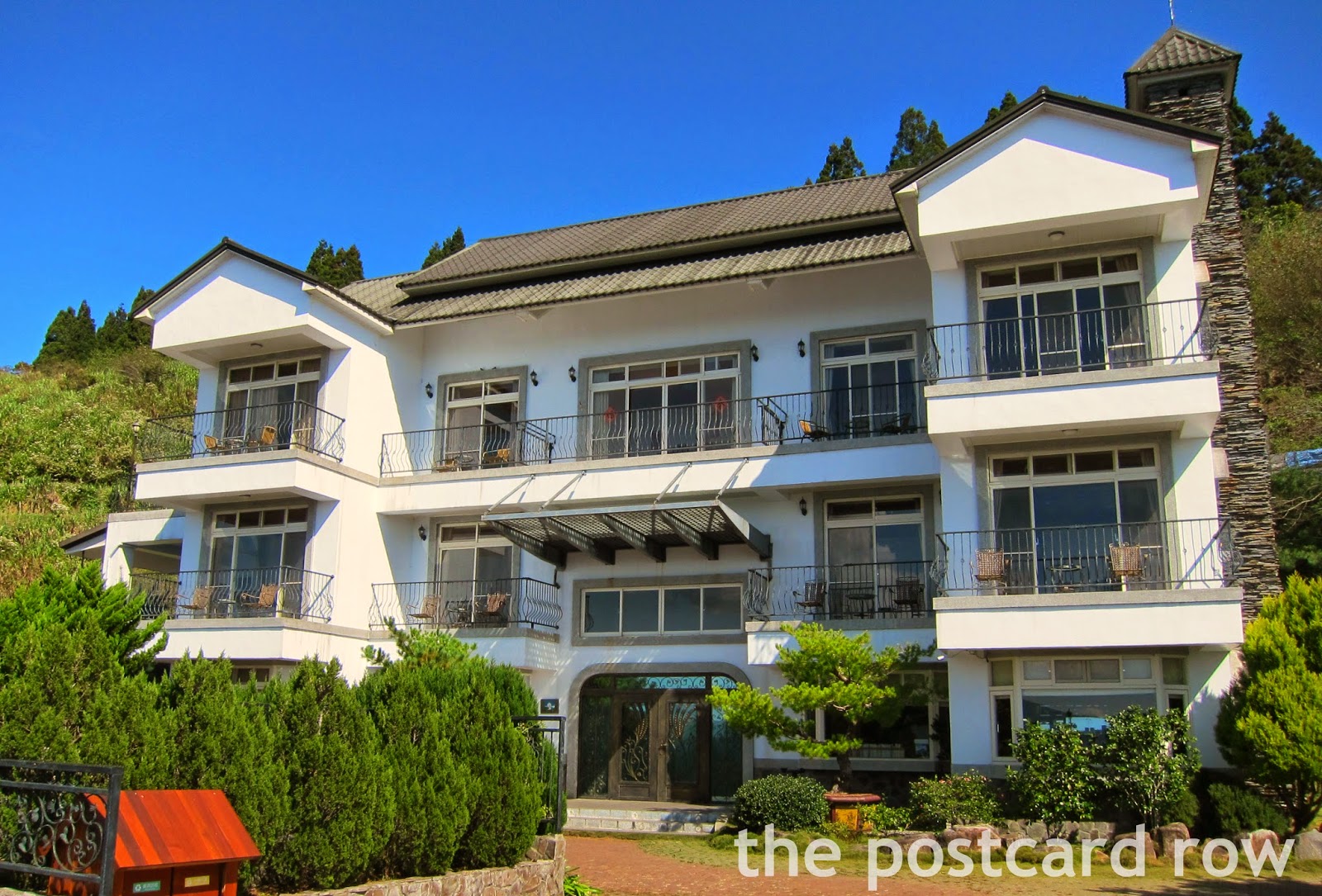Camino Ignaciano: Loyola (Day 1)
Day 1: Loyola
After the delicious pintxos lunch, we headed off to Loyola where we would stay for the night.
How do I even start describing Loyola? For me, it was a special place which brought me very close to St. Ignatius.
Loyola is located in Azpeitia, which meant "under the rock". It was the birthplace of St. Ignatius and the place where he was converted and turned to God. The Loyola Sanctuary is a huge compound which housed both the Basilica of St. Ignatius and the tower house of the Loyola family. It is also the residence of a Jesuit community and offers retreat facilities.
 |
| The view of the Loyola Basilica and the mountains beside it |
We started with a tour of the Basilica. It was an imposing Baroque structure with an ornate altar and a grand dome ceiling. The building was circular in shape and there were statues of different Jesuit saints positioned in the circumference, some of whom I only knew as names of Ateneo buildings. The local guide went on to explain various architectural information, but these just went over my head. What interested me were the balconies which were near the main altar but hidden behind massive pillars. It was said that rich benefactors who contributed to the building of the church demanded to have their own balconies -- places where they could be seen and recognized by the public. The architect was quite smart in positioning these balconies behind the pillars. This way, he fulfilled the benefactors' demands but thwarted their vain and self-centered motives.
From the Basilica, we moved on to the home of St. Ignatius. It was a modest tower house, now found inside the compound (i.e. you can't see it from outside). The lower floors had walls made of stone and resembled a fortress, helpful in defending one's land during medieval wars. It housed the storage areas for food and animals, but there were holes in certain areas where cannons could be positioned to defend the tower. On the next floor, the kitchen and the mess hall were located. In those days, this was where people usually congregated to gossip and swap stories -- akin to the modern day office water cooler.
The upper floors were made of brick and let in more light. When St. Ignatius was born, the era of medieval battles was over and noble families converted their fortress-like towers into mansions. The house of the Loyola family was no exception. We looked into the main dining hall, the master's bedroom where St. Ignatius was born and the family altar.
At the top floor, we found the Chapel of Conversion. It was actually the room where St. Ignatius was confined and spent his convalescence period after being injured in the Battle of Pamplona. Here, there was a polychrome statue of St. Ignatius, sitting in bed and looking towards the statue of Mama Mary and baby Jesus. He holds a book in his hand, presumably one of the two books, which was a key factor in his conversion. His right hand is in the middle of a gesture, as if he were conversing with God. I thought that having a statue would be cheesy, but somehow, being in that room and seeing the expression on St. Ignatius' face seemingly transported me to that moment of conversion.
 |
| St. Ignatius on his sick bed |
One of the advantages of joining this particular camino was having a Jesuit priest with us and being able to hear mass in that very room. A simple altar was already in place, with some wooden pews where the faithful could sit. Our pilgrimage chaplain, Fr. Louis, celebrated the mass and we all prayed that St. Ignatius would guide us as we retrace his steps in the succeeding days.
What a meaningful way to start our Camino!
What a meaningful way to start our Camino!
P.S. I made a video here to show how I saw Loyola. Hope it works!
Music by Moses Hilario and Kai Meister (Thanks for sharing your music with me!)
****
****



Comments
Post a Comment